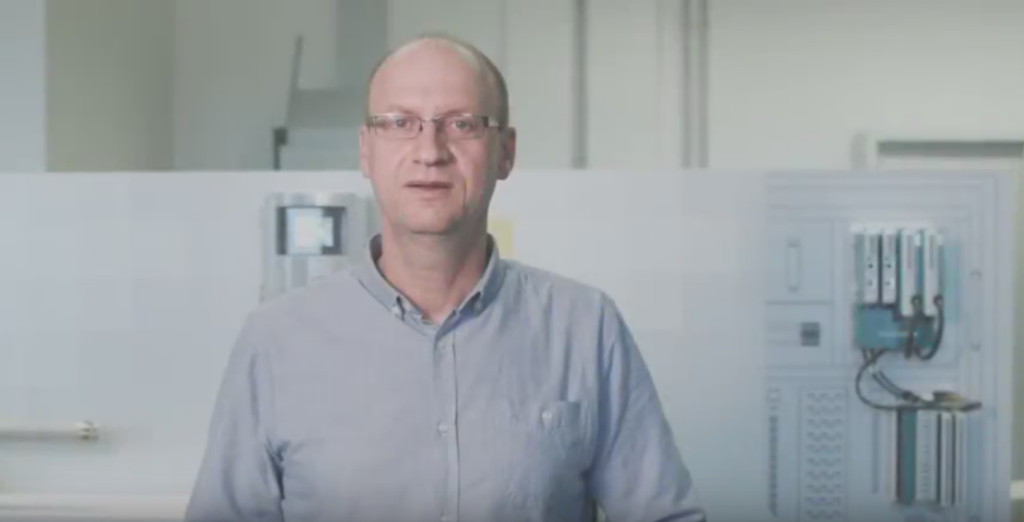At the NAMUR Annual General Meeting in November 2017, one presentation particularly caught my attention: the one dealing with the value added by process analytical technology in the process industry by Gerlach, Grümbel, Schünemann and Stieler.
Not how, but why?
At long last, someone asked not how to make PAT (that’s a topic for the relevant working groups) but what PAT can do to help. It tends to be the how and the what that are discussed at meetings or in forums everywhere. The question of why we’re doing it is only rarely raised, regardless of the context.
PAT adds value
What are the benefits of PAT and what value does it add for the process industry? What contribution does it make?
Two alternatives are presented here: on the one hand, there are laboratory analyses which enable the quality of a product to be reliably verified. They check that the product has all of the features (specifications) laid down by the customer – which could be important from the point of view of the warranty, for instance. I know whether my process has worked, i.e. in the final step we confirm that everything has gone according to plan. The PAT measurements are verified at the same time.
On the other hand, we have PAT (process analytical technology), which delivers accurate results continuously and as close as possible to real time. We monitor the process and correct any deviations as soon as they occur. In other words, we don’t simply check whether the outcome is right; we make sure that the outcome will be right. We “see” what happens.
PAT – the eyes in the process
What value is added by eyes? Imagine you’ve been told to paint a room. The lamps have been taken down, so you’ll have to do it in the dark. When you’ve finished, the laboratory analyst – or in this case, the master decorator – comes along with his lamp. That’s when you see all the places you missed while you were painting in the dark.
There’s only one thing for it: you’ll have to go over (at least) those places again, and the mahogany door that got painted as well because you couldn’t see what you were doing will have to be replaced. Okay, so the person who owns the room remained blissfully unaware, but it was expensive all the same. And just think what else might have happened! The value added by eyes needs no further explanation. But more about that later.
I particularly liked the rather provocative title of one of the slides in that presentation: PAT is expensive, isn’t it? Yes, of course, PAT is expensive. PAT solutions are rarely “one size fits all”. PAT solutions are generally customized solutions which vary from one process, or from one user, to another: the choice of a suitable analyzer, the design of the sample conditioning system, the installation position, safety and so on. Even users’ trade secrets are built into some of them. After all, a made-to-measure suit is more expensive than one purchased off the rack – but then again, it fits perfectly. As custom tailors for PAT solutions, we know what we’re talking about.
And what about maintenance?
And the maintenance costs are high, aren’t they? PAT solutions obviously have to be maintained too – calibration, cleaning, checking, the sampling system, replacements for worn parts and the occasional repair are unavoidable (PAT systems are often defective or faulty, aren’t they?). And that work has to be done by someone with PAT experience. At any rate, the authors – all of them users and PAT experts – testify to 98% availability as normal for a PAT solution. And provided NAMUR Recommendation NE 146 is observed, it can also be used in a SIS! The message: yes, PAT is a viable option.
The final question for me is whether PAT ultimately adds enough value to justify the application or the investment? According to the authors, there is a more expensive alternative to PAT – namely no PAT, eyes blindfold. If you take a look at a list of typical PAT applications, you’ll see that a payback period of 3 to 24 months is realistic. That isn’t long, especially compared to the plants themselves. Can something really be expensive when the payback period is so short? I think it’s great that, for once, concrete figures are openly communicated.
I’d be very interested to hear about your experience of PAT and the value it adds for you. PAT owners, please contact us!
I also recommend that you read the German article in PROCESS 1/2 2018 “Sprung in die Digitalisierung”, particularly the last section.
And for another exciting post on PAT, see:




